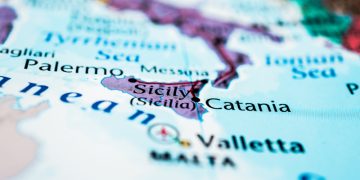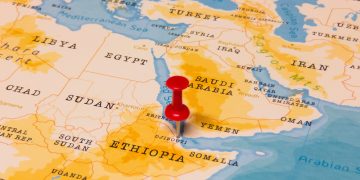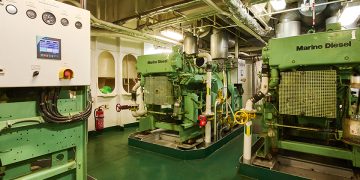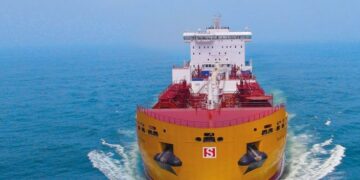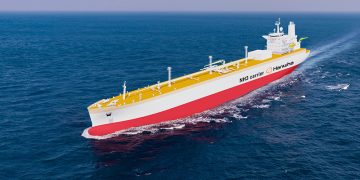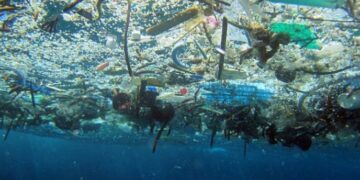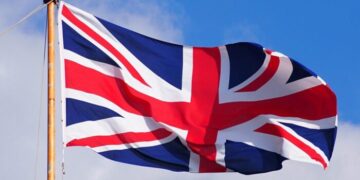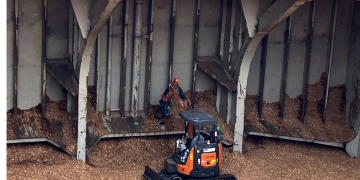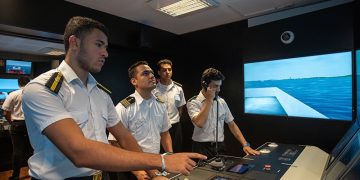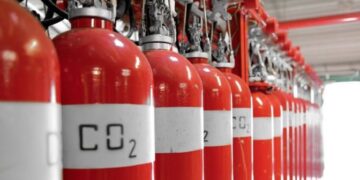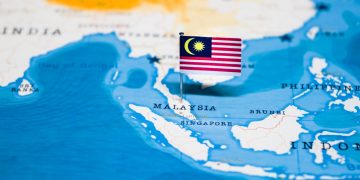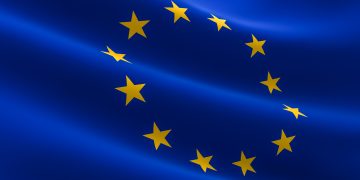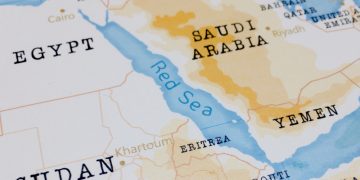Cut ship pollution but negotiate to stop gold-plating of EU rules
Say MPs More stringent limits are essential to cut sulphur emissions from ships, but the UK government must negotiate to ensure the EU Directive goes no further than the revised MARPOL Annex VI agreed in 2008, say MPs in a report examining a draft EU directive aimed at curbing this significant source of air pollution.Launching Sulphur emissions by ships, Louise Ellman, Chair of the Transport Committee said,"We endorse the Government's support for the more stringent regulation of sulphur emissions contained within the revised Annex VI because it will markedly improve air quality and deliver significant health and environmental benefits. These regulations were agreed on a worldwide basis through the International Maritime Organisation after several years of discussion.We believe that it's not appropriate for the Commission to go further than these globally-agreed limits by imposing tighter regulations on shipping operators at this time. We therefore endorse the UK Government's efforts to resist any additional requirements.We do not agree, however, with the Minister's assertion that the Government will not negotiate with the Commission on its proposals; the Government will have to forge alliances with other Member States. We recommend that UK negotiators focus on removing the tighter emissions limits for passenger ships ...
Read more



